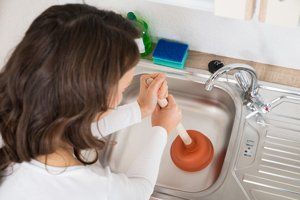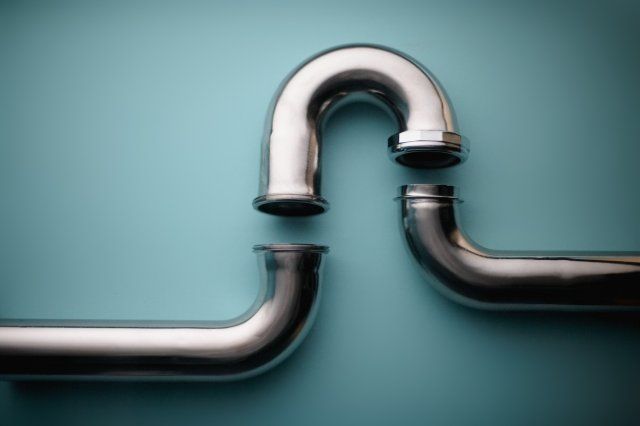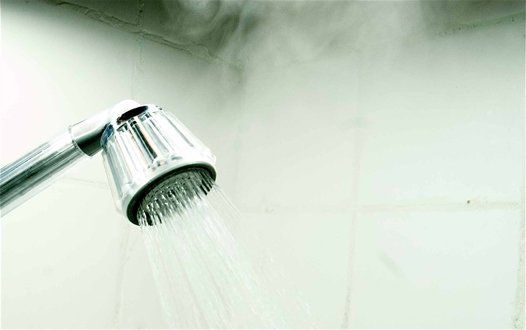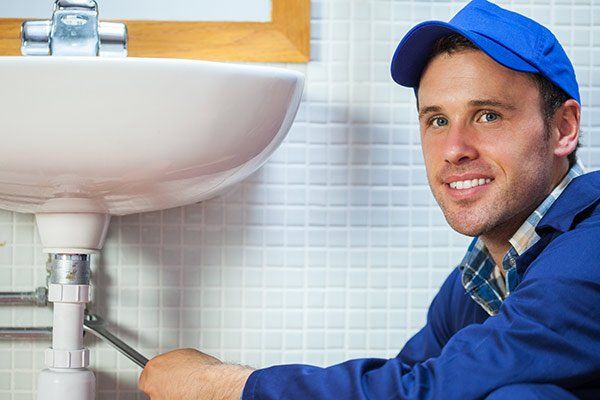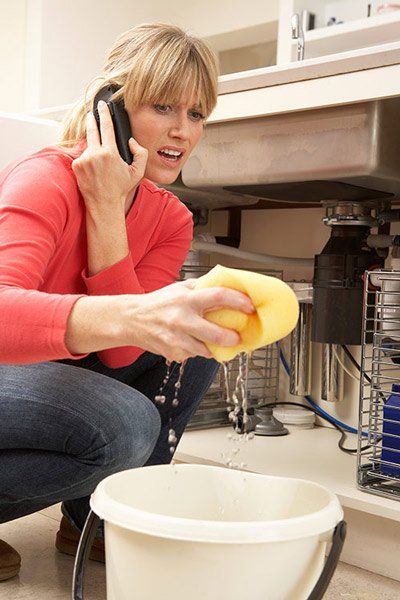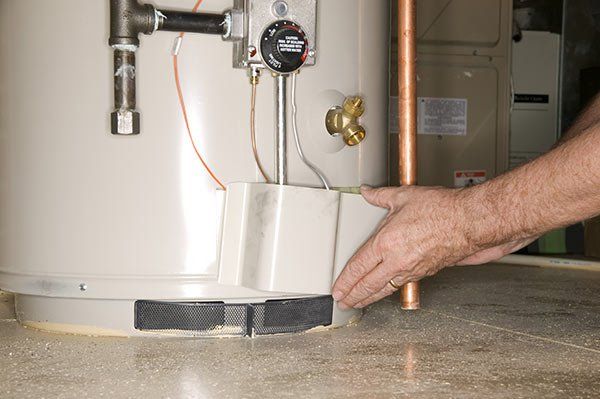3 PLUMBING ISSUES THAT CAN CAUSE YOUR TOILETS AND DRAINS TO FAIL
- By Admin
- •
- 08 Mar, 2018
- •
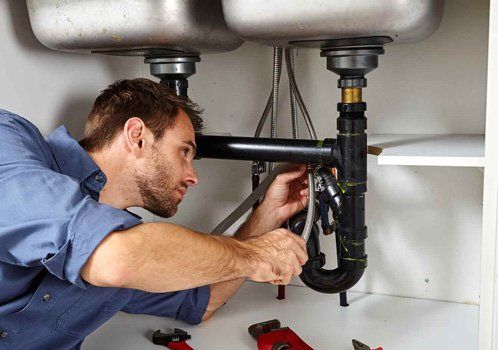
1. Clogged Ventilation Pipes
In every residential plumbing system, a hidden network of pipes also serves the toilets and drains. However, instead of carrying wastes, this network of pipes merely carries air and other gases.
The ventilation pipes that service the waste pipes are critical to the success of your plumbing. Without them, wastes would not be able to flow freely when you flush a toilet or drain a sink or tub. Vent pipes provide much-needed relief to the draining process by eliminating the vacuum that pulls on wastewater.
In addition, the network of vent pipes also disposes of noxious sewer gases that might otherwise accumulate inside your home. This safety feature is important because of the potential harm that too much sewer gas can do to human and pet occupants.
That's why clogged vent pipes can be a real problem for homeowners. These clogs can keep the toilets from flushing properly and may also cause sinks to gurgle during draining. Sewer gases could also back up into the home and cause trouble for residents.
When searching for clogged vent pipes, always begin at the top of the vent system where sewer gases emit. These vents are located on the roof of the home and are vulnerable to being clogged by birds, small animals, and even insects that might enter the structure. A plumber may need to replace venting structures or use an auger to clear out vent pipe clogs.
2. Disintegrating Sewer Lines
In the same way that clogged vent pipes are unexpectedly causing problems with your drain, damaged sewer lines can stop the disposal of wastes immediately. Sewer lines are designed to last for multiple decades, but every mechanical object will eventually break down. Sewer lines contain a variety of materials, including clay, steel, iron, and even paper coated with tar (Orangeburg).
There are lots of reasons why sewer pipes can fall apart, including:
- Damage from heavy equipment passing overhead
- Seismic activity that shifts the underground alignment of the pipe
- Construction of ground-level objects above the sewer line
Some of the damage that can occur happens suddenly, though slower processes can also gradually destroy sewer pipes over a period of years or decades.
Broken sewer lines prevent wastes from flowing smoothly and can allow them to leak into the neighboring soil. In addition, breaks in the sewer line can create choke points where wastes become caught and can accumulate. Minor breaks may be correctable by digging to the location and making repairs, though severe damage might require the installation of new pipe or the use of a process called pipe relining. Pipe relining involves inserting a liner inside the existing pipe; this creates a pipe-within-a-pipe and restores operation of the troubled sewer line.
3. Tree Roots Inside Sewer Pipes
Another problem with sewer lines that won't drain or flush includes the presence of tree roots inside the sewer pipes. Tree roots are incredibly persistent and are able to detect the slightest presence of water in the soil; once it discovers, the tree is able to penetrate the line and can fill it with roots.
Occasionally, you can control tree roots with the proper herbicides that are designed to kill locally and won't harm the tree. However, you will need to consult with a professional plumber, such as East Coast Plumbing C Inc, for assistance in ridding yourself of the problem. The tree root infestation may need to be cleaned out with a mechanical cutting tool or water jetting device that breaks apart roots. In other instances, the damage may require repiping or pipe relining.


I have used East Coast Plumbing Co for over 20 years. They are the best Plumbing Company in Brevard!” – Cindy W.

When pulling on a hose I ripped the exterior faucet off the side of my house... about an hour later Dave arrived and had it fixed better than new. – Doug M.

Slide title
Excellent service to replace my water leaking water heater. The repairman came on time and left everything clean. It was affordable. – Chris R.



